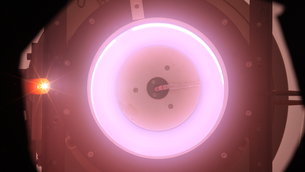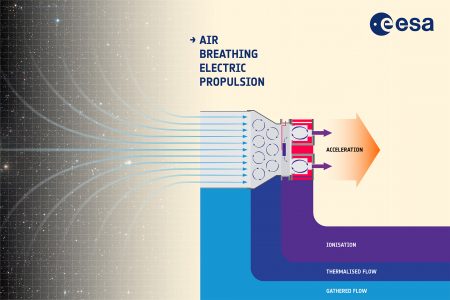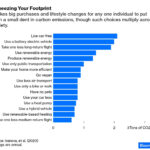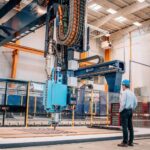March 6, 2018 – The exosphere, that topmost layer of our atmosphere contains air molecules although few and far between. Many low-Earth orbiting satellites technically never fly in outer space but rather inhabit the exosphere. That’s why this announcement from the European Space Agency, about a new electric thruster that can ingest scarce air molecules and use them for propellant, is so exciting.

It means that low-Earth orbiting satellites may no longer have to carry propellant on board to help maintain themselves in orbit. Air-breathing electric thrusters can fly in low-Earth orbit indefinitely using this new technology. The technology can also be deployed in satellites aimed at other planets. For example, in the case of Mars, carbon dioxide would be the fuel source.
The new thruster scoops up air molecules through an intake designed by QuinteScience, a Poland-based company. The molecules are given an electric charge and accelerated through the device at orbital speeds of 7.8 kilometers (4.86 miles) per second. There are no valves, just a simple passive process.
The result is an air-breathing electric propulsion system that has enormous implications for future satellite missions whether in the vicinity of Earth, Mars, Venus, or any other planet or moon with sufficient atmosphere to provide fuel.
The schematic below shows how the technology scoops up rare air molecules turning them into fuel.
















